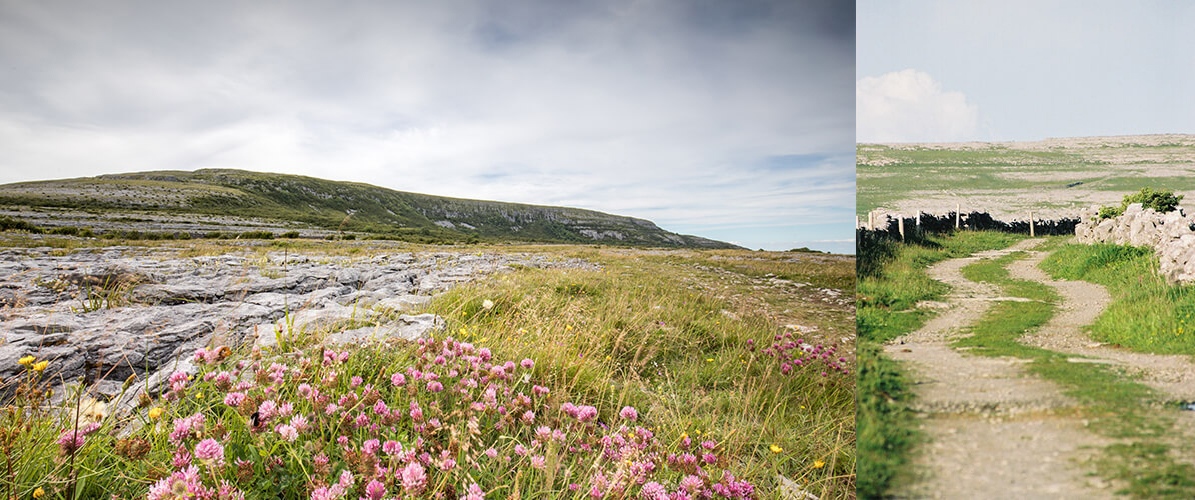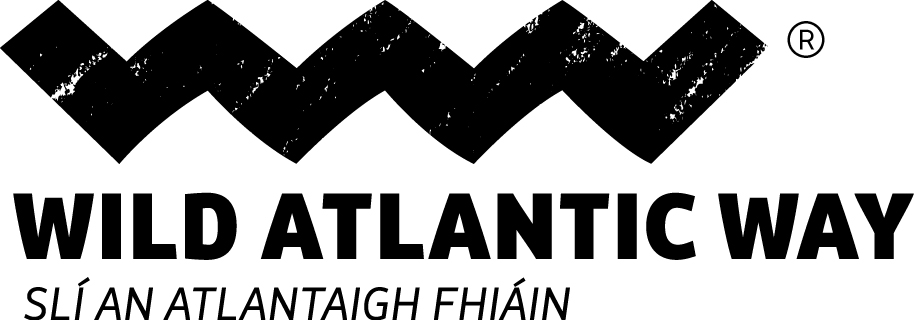
The Burren & The Cliffs of Moher
The Burren
It’s brimming with life, but the word Burren actually comes from the Irish word ‘Boireann’, meaning ‘a place of stone’. And, it may be Ireland’s smallest national park, but the distinctive limestone pavements, majestic mountains and peaceful verdant valleys make it one of the most intriguing: both CS Lewis and Tolkien took inspiration from this magical place. The Burren’s ancient monuments including well-preserved ring forts, dramatic wedge tombs and caves, entice those with their hearts in the life of yesteryear. Its abundant wildlife attracts those celebrating the life of today. There aren’t many places in the world where you can spot an otter in an outdoor museum…but you can in the Burren.
The Cliffs of Moher
One of Ireland’s favourite visitor experiences & tourist attractions, the Cliffs of Moher tower over the rugged North West County Clare coast. Visually spectacular, the Cliffs of Moher sit astride the striking landscape of the Burren on one side and the Wild Atlantic Ocean on the other. Rising out of the Atlantic waters to a height of over 700ft at O’Brien’s Tower and running along the coast of Clare for almost 14 kilometres, or 8 miles, the Cliffs of Moher were formed over 320 million years ago.
Walk the safe, paved pathways and view the famous Cliffs on Europe’s western frontier and enjoy the spectacular vistas over sea, land and sky.
Their natural beauty has inspired artists, musicians and poets for generations, as well as absorbing scientists and geologists, drawn by the unique landscape in which they sit. Borrow some binoculars from the information desk and do some bird watching. Enjoy the captivating spectacle of the vast array of sea birds, a delightful way to pass the hours. It is also possible to see the Cliffs from below by taking a one hour boat cruise from Doolin village.
For further information on the Burren & The Cliffs of Moher, the Burren and Cliffs of Moher Geopark, Burrenbeo, Burren Eco Tourism Network and The Cliffs of Moher websites are excellent.

.png)







